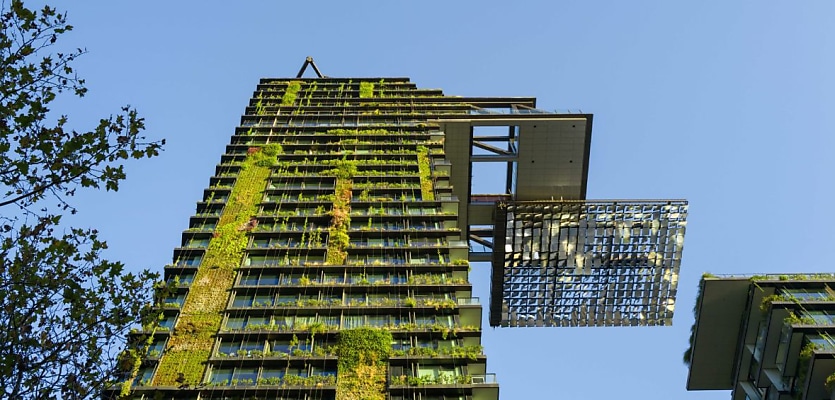Urban planners reveal the key changes that will make Australia’s cities “future-ready” over the next three decades.
Mike Day, a partner at global planning firm Hatch, believes that urban planners of the future will operate on two key axes: liveability and sustainability.
When Mr Day first co-founded his urban planning company in 1993, Australian cities looked significantly different from how they are today.
“Australia’s rapid house price and population growth over the last three decades has transformed urban landscapes,” said Mr Day.
With household sizes reducing and prices on the rise, housing preferences have altered accordingly, “leading to an apartment boom and more compact housing forms,” he stated.
Gone is the postwar craze for driveable neighbourhoods and quarter-acre blocks. Now, Mr Day said, Australia’s planning industry has “embraced transit based mixed-use, walkable urbanism that prioritises community living and fosters social interaction”.
Looking forward, Mr Day expects Australia’s suburbs to continue densifying, as residents seek out more vibrant and eco-friendly cities.
“Urban regeneration will be a top priority, with a concerted effort to revitalise existing urban zones, promote sustainable development and lay the foundations for transit-based, mixed-use, walkable urban settings,” he said.
“Social value and urban prosperity will also take centre stage, with an emphasis on enhancing long-term sustainable social wellbeing and inclusivity,” added Mr Day.
Already, cities have been transformed by the sharing economy, with transport services like Uber and LimeBike changing the way Australians navigate urban spaces.
Over the coming decades, Mr Day envisions that socially conscious transit will continue to be the backbone of urban neighbourhoods, as transit-oriented communities become more common.
“Too often, public transit is planned, designed and operated primarily as a system for moving people,” said Mr Day.
Instead, he and the team at Hatch view transit as a source of neighbourhood identity, and seek to optimise “the social, economic and place-related value of transit investments”.
A second way Mr Day foresees urban landscapes to transform is through densification and infill developments.
He stated: “Cities will find innovative ways to repurpose underutilised or obsolete urban assets, turning them into sustainable and functional spaces to reduce waste and environmental impact.”
Instead of the urban sprawl that Australia has seen in the past, Mr Day believes “suburban areas will undergo significant transformation, becoming more sustainable, walkable and integrated with urban centres”.
If planners embrace change and innovation, Mr Day believes Australia will see “a greener, more interconnected urban landscape”.
“This forward-looking perspective reflects a commitment to creating urban environments that are adaptive, inclusive and sustainable in the decades to come,” he concluded.







You are not authorised to post comments.
Comments will undergo moderation before they get published.